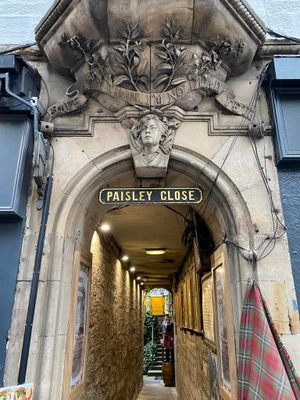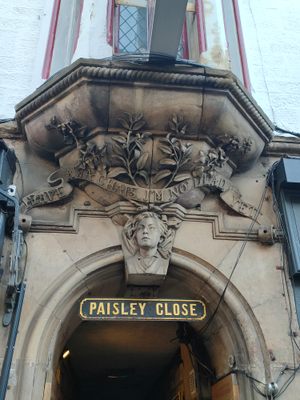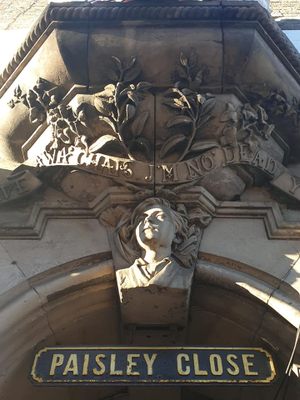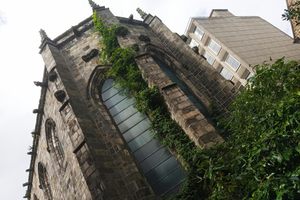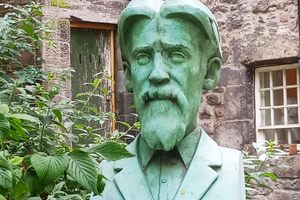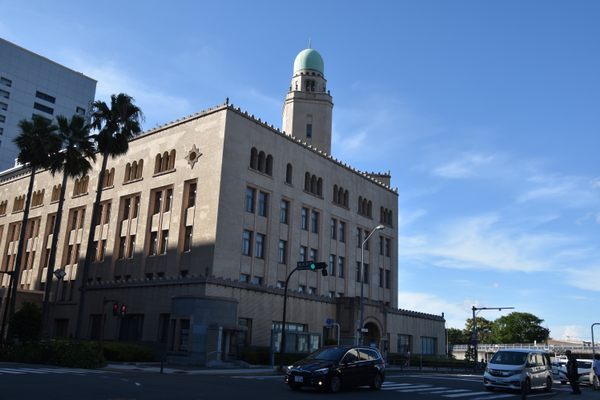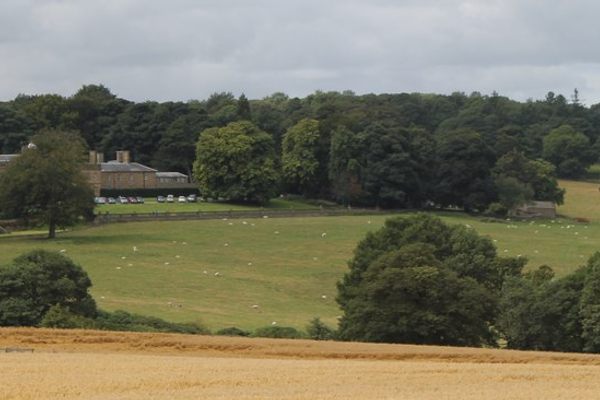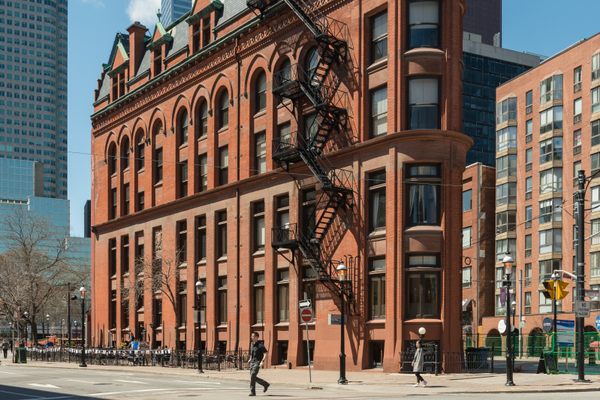About
In total, there are up to a hundred closes, or small alleyways, that veer off the main artery that begins at Edinburgh Castle and ends at Holyrood Palace. Each of them contains a name that denotes a certain business or profession, and in some cases, a person of wealth and prestige. Paisley Close, just a few feet up from John Knox's House, is such a place. It was named after landowner Henry Paisley, who lived in an adjacent building during the late 1600s.
This area, known as the Old Town, was a filthy and congested place to inhabit during the early 19th century with no indoor plumbing. Building codes were unheard of, nor were institutions that provided guidelines for health and safety. To house the increasing population, buildings were quickly erected, some reaching 14 stories and accommodating up to 30 people per floor. It was commonplace for these buildings to be constantly engulfed in flames or crumbling under their own supports.
Such an event took place in the wee hours of November 24, 1861, when a 250-year-old, seven-storied tenement building in Paisley Close collapsed. The incident killed 35 of the building's 77 tenants. Rescue workers dug frantically, looking for any signs of survivors when they noticed a foot sticking out of the rubble. They then heard a voice cry out: "Heave Awa Chaps, I'm No Dead Yet!" These belonged to 12-year-old Joseph McIvor, who had miraculously survived the calamity.
The tragedy forced local authorities to remedy the unsafe and appalling living conditions. A Minster Officer of Health was appointed, and many of the dilapidated buildings were torn down and rebuilt. This decree would establish the recently developed structures of the Old Town to be more modern than properties of the New Town, which finished construction around the 1850's.
The structure that replaced McIvor's fallen home became known as Heave Awa Hoose. A monument was erected above the entrance to Paisley Close to honor the boy and his words of inspiration. It was sculpted by John Rhind, an Edinburgh based artist responsible for many works located throughout the city.
And what was to become of young Joseph? He was eventually dismissed a week later from the Royal Infirmary, having only suffered minor bruising to the elbow and head. Remarkable, considering he'd fallen down four flights and had an entire building land on top of him. It was reported that some time later he joined the navy and immigrated to America.
Related Tags
Know Before You Go
Paisley Close is a public space and is therefore open at all times. It's located to the left of John Knox's House and across the street from The Museum of Childhood, both of which are well worth a visit.
Flavors of Scotland: Beyond the Haggis
Smoked seafood, single malt whisky, and warm hospitality.
Book NowCommunity Contributors
Added By
Published
March 11, 2020

